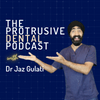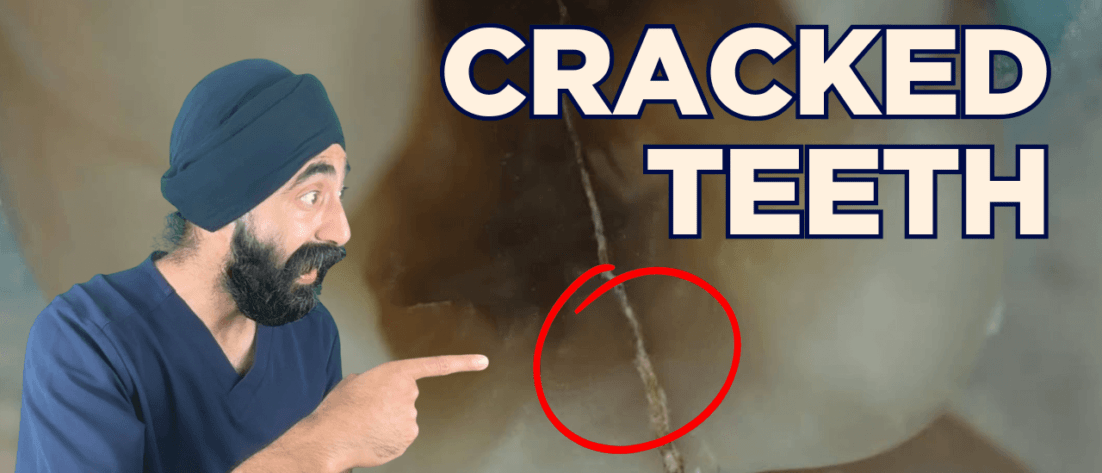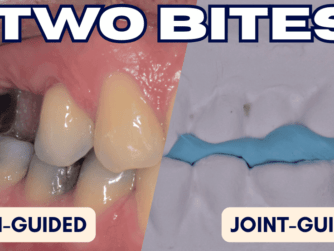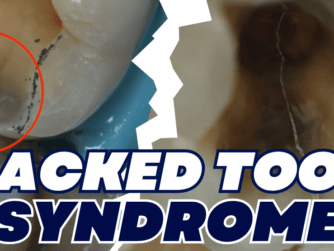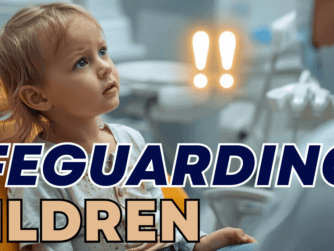Podcast: Play in new window | Download (Duration: 1:00:05 — 83.4MB)
Subscribe: RSS
Cracked teeth — the diagnosis we all hate as Dentists!
How do you decide when to monitor and when to intervene?
What is the recommended intervention at different scenarios of cracks?
Should we be chasing cracks and reinforcing with fibers; is there actually enough long-term data to support that approach?
Over the years, we’ve had some epic episodes on this topic — from Kreena Patel’s “I Hate Cracked Teeth” (PDP028) to Dr. Lane Ochi’s Masterclass on Diagnosis and Management (PDP175).
But in this brand-new episode, Jaz is joined by Dr. Masoud Hassanzadeh to bring it all together — not just the diagnosis of cracks, but their management. They explore when to intervene, the role of fibers in preventing propagation, and even the fascinating possibility that cracks in teeth may have some ability to heal, just like bone!
This one’s a deep dive that will change how you talk to patients — and how you approach cracked teeth in your own practice.
Protrusive Dental Pearl
Your patient’s history predicts the future!
- Ask if past extractions were difficult → clues you into anatomical challenges.
- Ask how they lost other teeth → if cracks, be proactive with today’s cracks.
History isn’t just background—it’s a clinical tool.
Need to Read it? Check out the Full Episode Transcript below!
Key Takeaways
- Cracks in teeth can be diagnosed using magnification and high-quality imaging.
- Patient factors such as age and muscle strength play a significant role in crack prognosis.
- Symptomatic cracks should be treated to prevent further propagation.
- Understanding the anatomy of the tooth is crucial for effective treatment.
- The healing mechanism of cracks in teeth is possible but varies between enamel and dentin.
- Fibers can be used to strengthen restorations and manage cracks effectively.
- Long-term studies are needed to assess the effectiveness of current crack management protocols.
- The use of fluorescence filters can help identify bacteria in cracks.
- Chasing cracks should be done cautiously to avoid pulp exposure.
- A comprehensive understanding of crack mechanics can improve treatment outcomes.
Highlights of this episode:
- 00:00 Teaser
- 00:47 Intro
- 03:08 Protrusive Dental Pearl – The Importance of Dental History
- 07:18 Interview with Masoud Hassanzadeh
- 08:22 Diagnosing and Managing Cracks
- 21:13 When to Intervene on Cracks
- 25:50 Restoration Techniques and Materials
- 28:30 Chasing Cracks: Guidelines and Techniques
- 36:50 Mechanisms of Crack Healing in Teeth
- 45:11 Exploring the Use of Fibers in Dentistry
- 52:43 Introducing the Book on Cracked Teeth
- 54:57 Percussion-Based Diagnostics (QPD)
- 56:44 Key Takeaways
- 57:21 Conclusion and Final Thoughts
- 01:00:07 Outro
As promised, here are the studies mentioned during the discussion:
- Why cracks do not propagate as quickly in root dentin: Study 1a & 1b
Root dentin has significantly higher fracture toughness compared to coronal dentin—nearly twice as tough, as demonstrated in multiple studies. The key difference lies in their structure and toughness. Root dentin’s unique collagen orientation adds strength, while its fewer lumens and thinner peritubular cuffs make it less brittle. In contrast, coronal dentin has thicker cuffs, which increase brittleness. Unlike coronal dentin, which fractures uniformly, radicular dentin is anisotropic—its fracture behavior varies depending on direction. These structural features give root dentin greater resistance to cracking, making it more durable under stress. - Studies on decreasing crack length due to crack repair in enamel. Study 2

- The importance of the modulus of elasticity of the final restoration in arresting crack propagation. Study 3
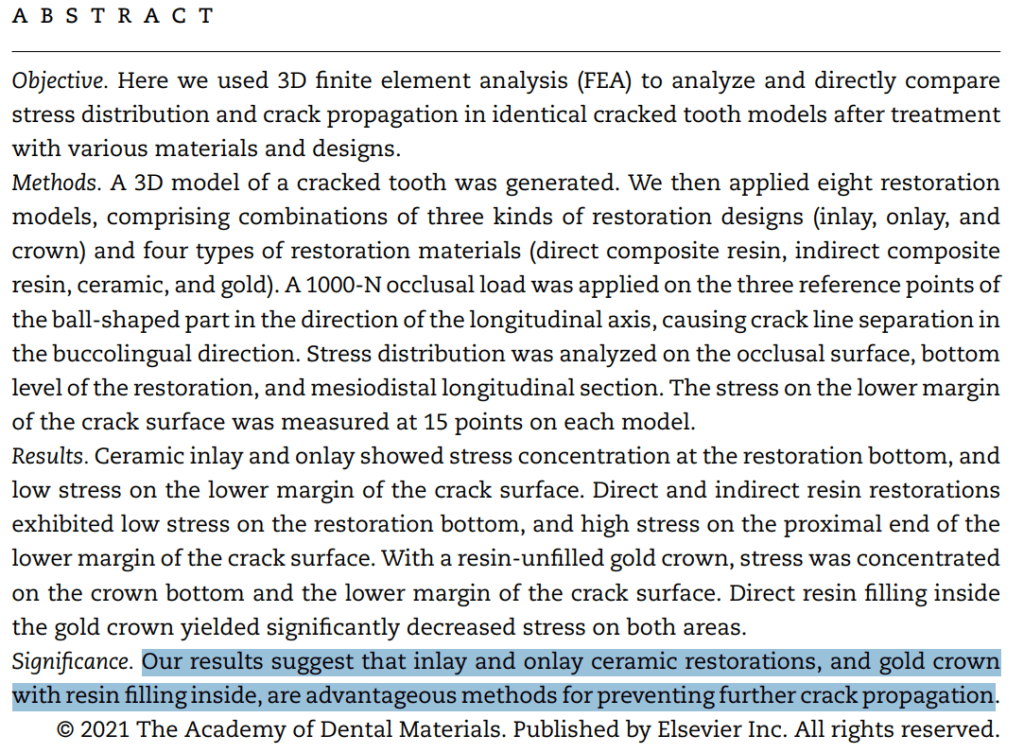
Historical Studies on Enamel Crack Healing
– 1949 (Sognnaes): The Organic Elements of the Enamel: III. The Pattern of the Organic Framework in the Region of the Neonatal and other Incremental Lines of the Enamel
– 1994 (Hayashi): High Resolution Electron Microscopy of a Small Crack at the Superficial Layer of Enamel
– 2009 (S. Myoung): Morphology and fracture of enamel
Don’t miss out — get instant access to all the research papers discussed here at protrusive.co.uk/cracks!
Dr. Masoud Hassanzadeh has written two essential books every dentist should own:
📘 Glossary of Biomimetic Restorative Dentistry
🔑 Your quick-reference guide to the language and principles of biomimetics — explained in a way you can actually use chairside.
📕 The Cracked Tooth: A Comprehensive Guide to Cracked Teeth
🦷 Everything you need to know about diagnosis, management, and the science behind one of dentistry’s biggest headaches.
🌴✨ Dubai 2026: Occlusion + Family Fun ✨🌴
This Easter, join Dr. Jaz Gulati and Dr. Mahmoud Ibrahim for something truly special — a tax-efficient holiday that mixes world-class occlusion training with plenty of family time in Dubai.
🦷 What’s included?
⏰ 20 hours of hands-on occlusion (mornings only: 9 am–1 pm)
🏖️ Afternoons & evenings free to enjoy Dubai with your family
📚 Pre-learning + online content to deepen your understanding
🥂 A not-for-profit event — just dentists, families, and fun!
👉 Learn more & get your quote at: globaldentalevents.co.uk
💡 Make memories with your loved ones while making your CPD hours tax-deductible
Want to level up your knowledge on cracked teeth? 🎧 Don’t miss PDP098: Cracked Teeth Management with the Direct Composite Splint Technique
#PDPMainEpisodes #EndoRestorative #BreadandButterDentistry
This episode is eligible for 1 CE credit via the quiz on Protrusive Guidance.
This episode meets GDC Outcomes A and C.
AGD Subject Code: 070 ENDODONTICS
Aim: To provide clinicians with practical, evidence-based guidance for diagnosing, monitoring, and restoring cracked teeth, with emphasis on prognosis, risk factors, and restorative decision-making.
Dentists will be able to –
- Differentiate between enamel and dentine cracks, and recognize when prognosis is hopeless.
- Apply appropriate diagnostic tools and clinical criteria to decide when to monitor versus intervene.
- Select suitable restorative strategies and materials to manage cracked teeth effectively.
